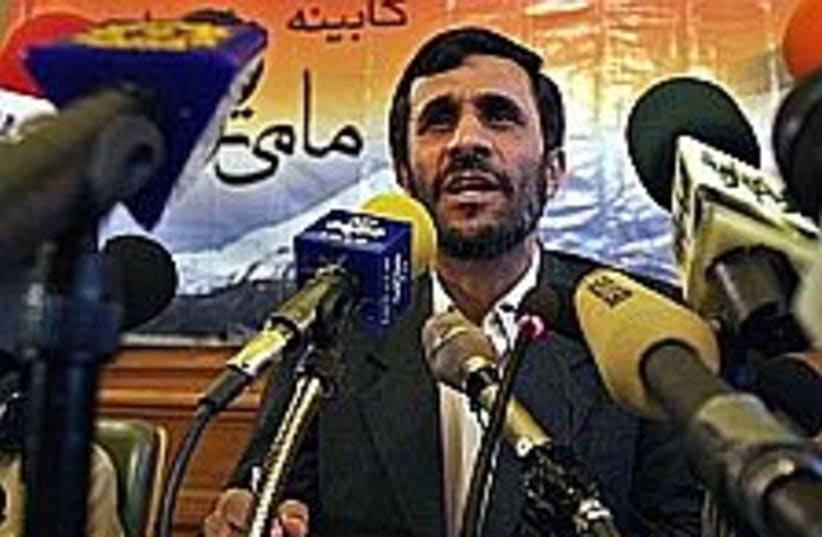| More about: | Tehran, Mahmoud Ahmadinejad, Akbar Hashemi Rafsanjani, Behzad Nabavi |
Eye of the Storm: Behind the scenes in Teheran
A THIRD element in the common ideology of these groups is a clear desire to broaden the base of the


| More about: | Tehran, Mahmoud Ahmadinejad, Akbar Hashemi Rafsanjani, Behzad Nabavi |